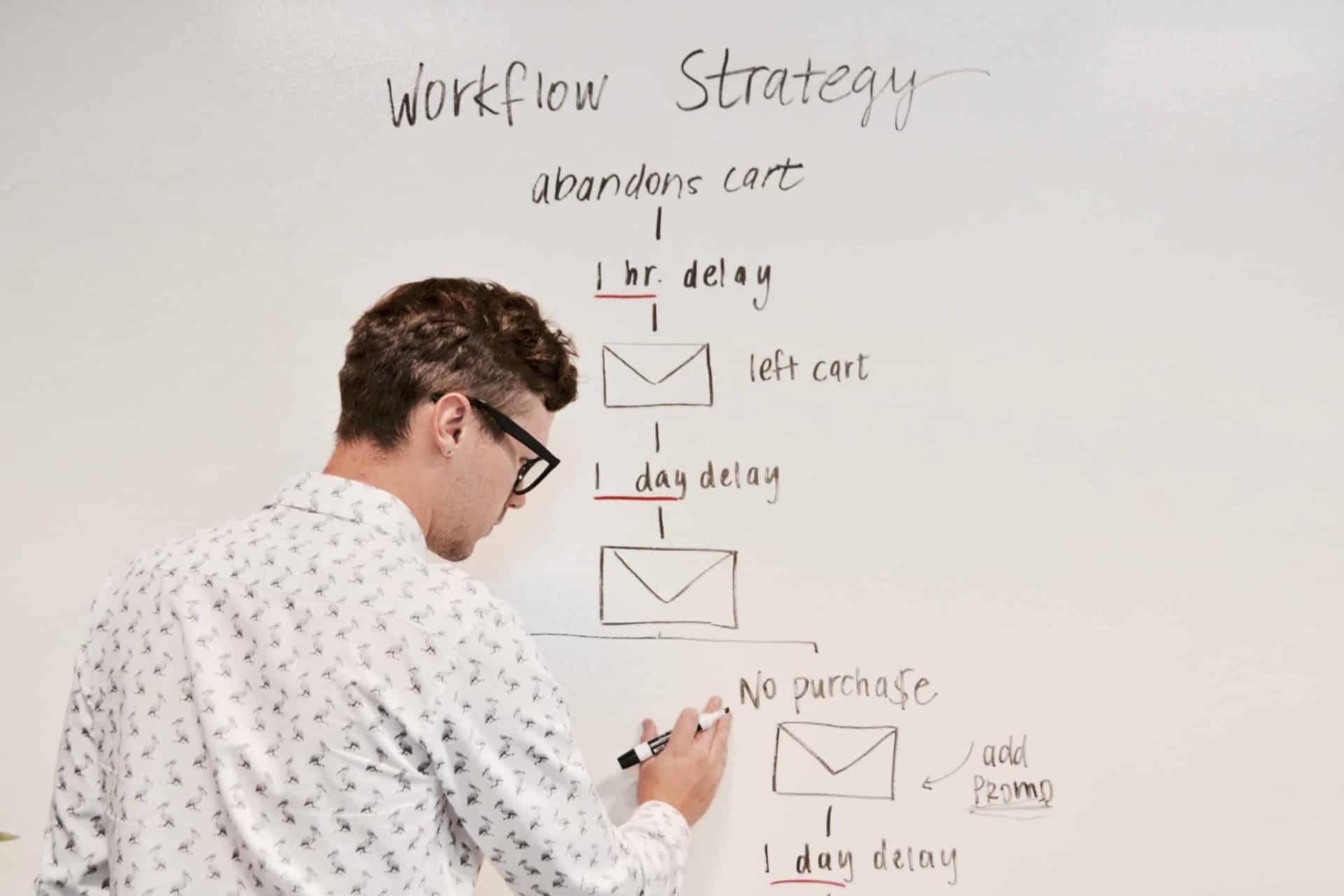If you’re looking to boost conversion rates, you’ll need to figure out if you’re a hunter or a farmer.
As a small business owner, there comes a point when you have to juggle two key activities. On one side, you must skillfully bring in and convert new leads (hunting), while on the other, you cultivate long-term relationships with customers (farming).
Which sales model do you think is more sustainable and actually drives growth for years to come?
Read on to find out.
Table of contents:
- What is the hunter vs farmer sales model?
- Balancing hunting and farming for sustainable business growth
1. What Is the Hunter Vs Farmer Sales Model?

When you’re just starting out, chances are you’re the one doing all the selling of your products and services.
Knowing the distinction between hunter and farmer can greatly impact your ability to drive sales.
In the realm of sales, hunters are people who love to chase new leads and close deals, while farmers prefer to maximise business potential with existing clients.
The eternal debate as to which model is better rages on, with no clear victor in sight, because the best approach ultimately depends on the type of product or service you’re selling.
Let’s break this down.
Hunters are best known for being doers or “go-getters”. They actively seek new prospects and leads, most often in a new and unchartered territory.
Often referred to as prospecting, hunting it’s unpredictable and takes up a lot of time and hard work. This is due to the fact that during the hunting process, sometimes you’re told “no” and faced with rejection.
So how do sales hunters spend their days?
Here are some key activities typically associated with a hunter sales rep:
- Generating an Ideal Customer Profile (ICP)
- Conducting a competitive analysis
- Identifying customer pain points
- Prospecting
- Cold calling and emailing
- Making great first impressions
- Running product demos
- Qualifying new leads
- Improving lead conversion rates
- Engaging in active negotiations
- Addressing objections
- Asking for referrals

In contrast to the hunters, farmers prefer to build and cultivate existing relationships.
For farmers, sales are not a number game, they’re all about long-term planning and growing existing customer accounts.
While hunters love the thrill of immediate results, farmers must be patient because the customer journey can be long and some sales can take up to one year.
You can easily pinpoint the profile of a sales farmer as they are typically found doing one of the following:
- Setting up new accounts
- Upselling and cross-selling
- Providing an outstanding onboarding experience
- Updating existing customers on new product features
- Sending contract reminders
- Implementing customer retention strategies, such as loyalty programs and regular check-ins
- Offering training, consulting, and ongoing support
A good farmer not only excels in their own responsibilities but also collaborates with the hunters in the group.
They effectively communicate feedback regarding how actual customers perceive the sales process and the product itself.
This valuable insight equips the hunters with the information they need to continuously enhance and optimise the sales process.
As we mentioned before, as a small business owner chances are you’ll have to do both when wearing the “sales” hat – you will have to hunt and you will have to farm.
Both are key to generating revenue because without closed deals, retention becomes pointless, and without loyal customers, closing deals becomes challenging. Your business can’t grow organically by focusing solely on one of them.
So how can you strike the perfect balance between sales hunting and sales farming when you can’t afford to hire a sales team?
Keep reading to find out.
2. Balancing Hunting and Farming for Sustainable Business Growth

If you’re looking to achieve predictable revenue growth, you need to master hunting and farming skills. These skills can be either innate or balanced through education and self-training.
Even if you lack certain innate qualities of hunters and farmers, fear not. You can slowly cultivate them over time.
Once you get to know your strengths and weaknesses from a sales perspective, you can create a balance between the hunting and farming roles that enables you to unlock revenue growth.
Focusing too much on hunting at the expense of farming may result in rapid customer acquisition, but you will not be able to grow your existing customer base.
Likewise, dedicating too much time to farming over hunting will build a solid customer base, but new sales opportunities may wither away.
One simple approach to strike the right balance between farming and hunting would be to align your efforts with the customer journey stages.
With a strategic customer journey map, you gain clarity in understanding where to employ your hunting vs farming skills. This ensures that every step you take aligns with your ultimate goal of driving revenue growth.
Picture the customer journey as a game of continuity, where the hunter gets the ball rolling and the farmer is the steadfast player who sustains momentum and ensures the game keeps going.
It’s about embracing a holistic view of customer relationships and how each interaction becomes an opportunity to generate mutual benefits.
Instead of focusing on the differences between the hunting and farming models, shift your perspective and recognise the customer journey as a powerful sales strategy for shaping your sales organisation.
The Bottom Line

In this quest to identify the differences between hunters and farmers, eventually, we ask ourselves: “Which is best – the hunter or the farmer sales model?”.
However, the key to success in sales lies in balancing both roles. The more in sync they are, the better they can work towards shared objectives.
Ideally, you should create a rock-star sales team where both hunters and farmers help you ensure a healthy sales pipeline.
However, as a small business owner, particularly during the early stages, you often have to wear multiple hats and take on different roles. This includes donning the sales rep hat to drive business growth.
When that happens, one of the keys to succees in sales is to identify your own strengths and weaknesses so you can understand which role fits you best and what skills and knowledge you need to further develop.
You must remember that striking the ideal balance between being a hunter and a farmer is an ongoing process. Stay adaptable, learn from your experiences, and fine-tune your approach to maximise sales opportunities while cultivating long-term customer relationships.
As a small business owner, building and growing a sales pipeline isn’t an easy feat – especially when you’re operating on a tight budget and can’t afford to rent expensive office space to build trust with prospects and customers. If that sounds familiar, contact us today to explore the wide array of virtual office services we offer and discover how they can accelerate your business growth.
At B2B HQ, we specialise in providing start-ups and small businesses with the services they need to expand their sales funnels. Our mission is to support your business in connecting with your target audience more efficiently by providing you with the right tools to build reputation and customer trust. We are eager to hear from you and discuss how B2B HQ can contribute to your success.
